Growth of the Aerospace Sector
The Aircraft Hydraulic Actuator Market is closely tied to the overall growth of the aerospace sector. With increasing air travel demand and the expansion of airline fleets, the need for reliable hydraulic systems is becoming more pronounced. The aerospace sector is projected to expand at a robust pace, driven by factors such as rising disposable incomes and the globalization of trade. This growth is expected to create substantial opportunities for hydraulic actuator manufacturers, as airlines seek to equip their fleets with advanced hydraulic systems that enhance operational efficiency. Additionally, the rise of new aircraft models, particularly in the commercial aviation segment, is likely to further stimulate demand for hydraulic actuators.
Increasing Demand for Fuel Efficiency
The Aircraft Hydraulic Actuator Market is experiencing a notable surge in demand for fuel-efficient aircraft. Airlines and manufacturers are increasingly prioritizing the development of aircraft that consume less fuel, thereby reducing operational costs. Hydraulic actuators play a crucial role in enhancing the overall efficiency of aircraft systems, including flight control and landing gear mechanisms. As per recent data, the aviation sector is projected to grow at a compound annual growth rate of approximately 4.5% over the next decade, which is likely to drive the demand for advanced hydraulic systems. This trend indicates that manufacturers are investing in innovative hydraulic actuator technologies to meet the evolving needs of the aviation industry.
Regulatory Compliance and Safety Standards
The Aircraft Hydraulic Actuator Market is significantly influenced by stringent regulatory compliance and safety standards imposed by aviation authorities. These regulations necessitate the use of advanced hydraulic systems that ensure the safety and reliability of aircraft operations. As safety remains a paramount concern, manufacturers are compelled to adopt state-of-the-art hydraulic actuators that meet or exceed these regulatory requirements. The increasing focus on safety is expected to propel the market, as airlines and manufacturers seek to enhance their operational safety records. Furthermore, the implementation of new safety regulations may lead to a rise in retrofitting older aircraft with modern hydraulic systems, thereby expanding the market opportunities.
Emergence of Unmanned Aerial Vehicles (UAVs)
The Aircraft Hydraulic Actuator Market is also being shaped by the emergence of unmanned aerial vehicles (UAVs). As UAV technology continues to evolve, there is a growing need for sophisticated hydraulic systems that can support various functions, including flight control and payload management. The increasing adoption of UAVs across multiple sectors, including military, agriculture, and logistics, is expected to drive demand for hydraulic actuators designed specifically for these applications. Market analysts suggest that the UAV segment could account for a significant share of the hydraulic actuator market in the coming years, as advancements in UAV technology necessitate the integration of reliable and efficient hydraulic systems.
Technological Advancements in Actuator Design
The Aircraft Hydraulic Actuator Market is witnessing rapid technological advancements in actuator design and functionality. Innovations such as lightweight materials, improved sealing technologies, and enhanced control systems are transforming the capabilities of hydraulic actuators. These advancements not only improve performance but also contribute to weight reduction, which is critical for aircraft efficiency. Recent studies indicate that the integration of advanced hydraulic actuators can lead to a reduction in overall aircraft weight by up to 10%, thereby enhancing fuel efficiency. As manufacturers continue to invest in research and development, the market is likely to see a proliferation of next-generation hydraulic actuators that offer superior performance and reliability.


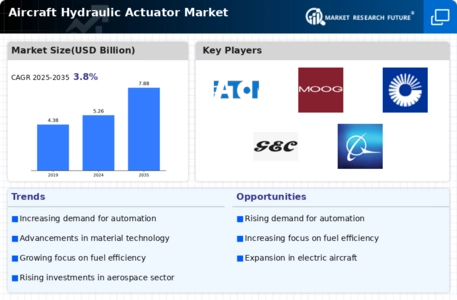
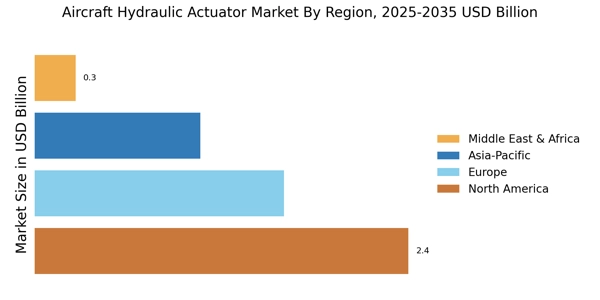


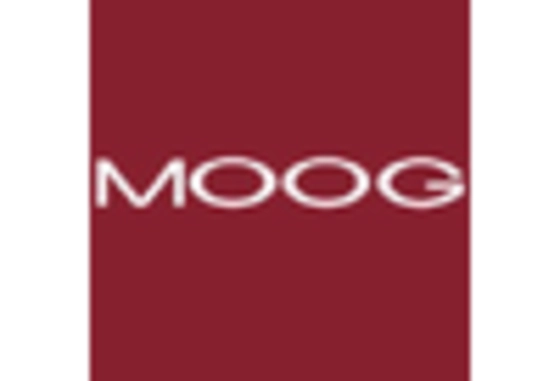

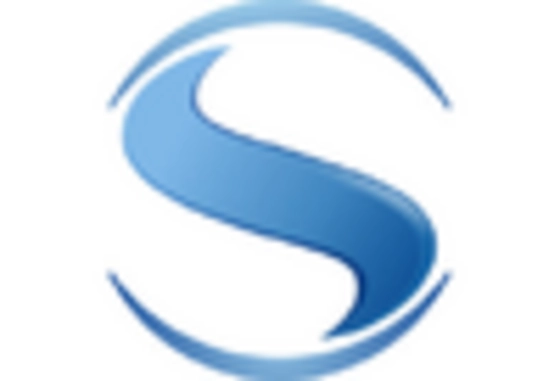
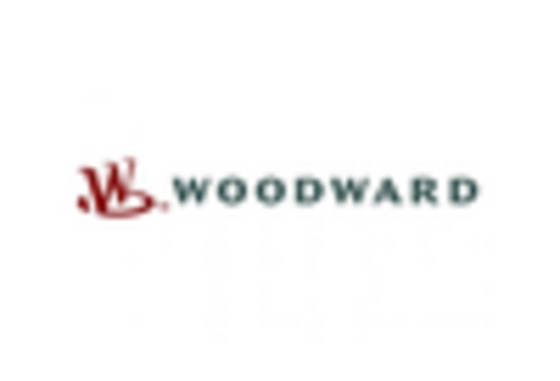








Leave a Comment